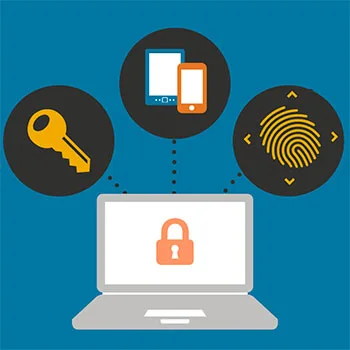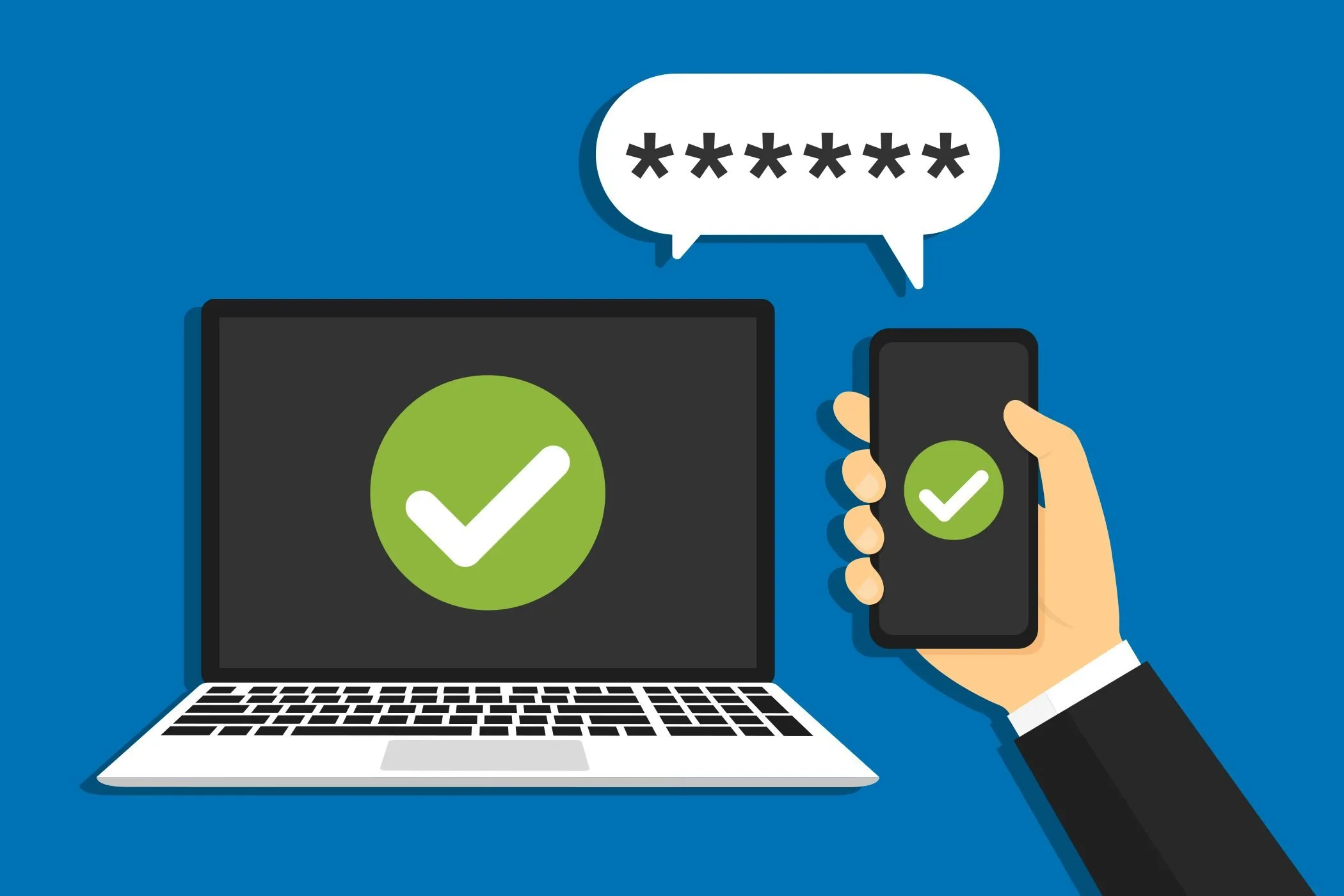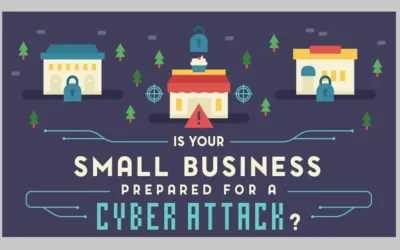In an era where cyber threats are ever-evolving, safeguarding your digital assets is not just a choice—it’s a necessity. One key weapon in the arsenal against unauthorized access is Multi-Factor Authentication (MFA). Let’s delve into the world of MFA and explore why it’s your ultimate ally in the fight against cyber adversaries.
Understanding Multi-Factor Authentication: Multi-Factor Authentication goes beyond the traditional password approach, introducing an additional layer of security. It combines two or more authentication factors, typically something you know (like a password), something you have (like a mobile device), or something you are (biometric data). This dynamic duo significantly enhances your defense posture.
The Vulnerabilities of Password-Only Security: Passwords, once the stalwart guardians of digital gates, are now susceptible to an array of attacks. From phishing schemes to brute-force attempts, cybercriminals are adept at exploiting password vulnerabilities. Multi-Factor Authentication steps in as the formidable defender, adding complexity to the equation.
Read more about catfishing
The Power of Two or More: MFA operates on the principle of layered security. Even if one layer is compromised, there’s an additional hurdle for intruders to overcome. Imagine having a password and a fingerprint scan as your virtual gatekeepers—now that’s a robust defense.
Biometrics: Your Unique Digital Signature: Biometric authentication, a key player in MFA, leverages your unique physical attributes like fingerprints, facial features, or voice patterns. Unlike passwords that can be shared or stolen, your biometrics are inherently yours, making unauthorized access a formidable challenge.
User-Friendly Security: Contrary to the belief that heightened security equates to user inconvenience, MFA is designed with user-friendliness in mind. With options like push notifications to your mobile device or biometric scans, accessing your accounts becomes not only more secure but also seamless.
Industry Compliance and Assurance: For organizations navigating the complex landscape of regulatory compliance, MFA is often a requirement. Implementing MFA not only safeguards sensitive data but also demonstrates a commitment to compliance standards, earning the trust of clients and stakeholders.
Protecting Your Virtual Identity: Your online identity is as valuable as your physical one. MFA shields your digital persona, ensuring that only authorized individuals gain access. Whether it’s your email, financial accounts, or business applications, MFA stands guard against unauthorized entry.
Embracing the Future of Authentication: As technology evolves, so do cyber threats. MFA isn’t just a solution for today; it’s an investment in the future of authentication. As the digital landscape advances, having multiple layers of defense becomes a strategic imperative.
How Multi-factor Authentication Counters Cyber Attacks

Multi-Factor Authentication (MFA) acts as a powerful defense against cyber attacks by introducing additional layers of verification beyond traditional passwords. Here’s how MFA counters various cyber threats:
- Phishing Protection:
- Challenge for Attackers: In a phishing attack, even if a user’s password is compromised, multi-Factor Authentication adds an extra layer of authentication. Attackers would need additional factors, such as a one-time code from a mobile app, making it significantly harder to gain unauthorized access.
- Credential Stuffing Mitigation:
- Dynamic Authentication: With multi-Factor Authentication, the second factor (e.g., a temporary code sent to a user’s device) changes regularly. This dynamic nature makes it extremely challenging for attackers using stolen credentials, as the stolen data becomes quickly outdated.
- Brute-Force Attack Resistance:
- Reduced Success Rate: In a brute-force attack where attackers systematically try all possible password combinations, MFA limits the effectiveness of such attempts. Even if the password is guessed correctly, the additional factor introduces complexity and slows down the attack.
- Mitigation of Password Spraying:
- Increased Complexity: Password spraying involves trying commonly used passwords across many accounts. MFA introduces an extra layer of complexity, making it more difficult for attackers to gain unauthorized access even if they have a list of commonly used passwords.
- Protection Against Man-in-the-Middle Attacks:
- Secured Communication: In a man-in-the-middle attack, where an attacker intercepts communication between two parties, MFA helps by ensuring that even if the communication is intercepted, the attacker would still need the additional factor to authenticate.
- Securing Remote Access:
- Enhanced Access Control: For remote access scenarios, MFA becomes crucial. Whether accessing corporate networks or cloud services, users need to provide multiple factors, adding an extra layer of security to sensitive resources.
- Preventing Account Takeover:
- Identity Assurance: MFA significantly reduces the risk of account takeover. Even if an attacker gains access to login credentials, they would still need the second factor, which is typically harder to obtain.
- Compliance Requirements:
- Meeting Regulatory Standards: Many industry regulations and compliance standards mandate the use of MFA for securing sensitive information. Implementing MFA helps organizations meet these requirements and avoid potential legal and financial consequences.
- Biometric Security Enhancement:
- Unique Identifiers: Incorporating biometric factors like fingerprints or facial recognition adds an extra layer of security. Biometrics are unique to individuals, making it difficult for attackers to replicate or compromise.
- User Awareness and Behavior:
- Promoting Security Culture: MFA reinforces a security-conscious culture by educating users about the importance of safeguarding their accounts. Users become more aware of potential threats and actively participate in securing their digital identities.
In summary, MFA provides a robust defense mechanism by adding multiple layers of authentication, significantly reducing the risk of unauthorized access and enhancing overall cybersecurity posture.
Conclusion
In the battle for digital security, Multi-Factor Authentication emerges as the undisputed champion. By fortifying your defenses with the power of two or more authentication factors, you’re not just securing your accounts—you’re safeguarding your digital legacy. Embrace the future of authentication; embrace the unparalleled strength of Multi-Factor Authentication. Your digital fortress awaits.





